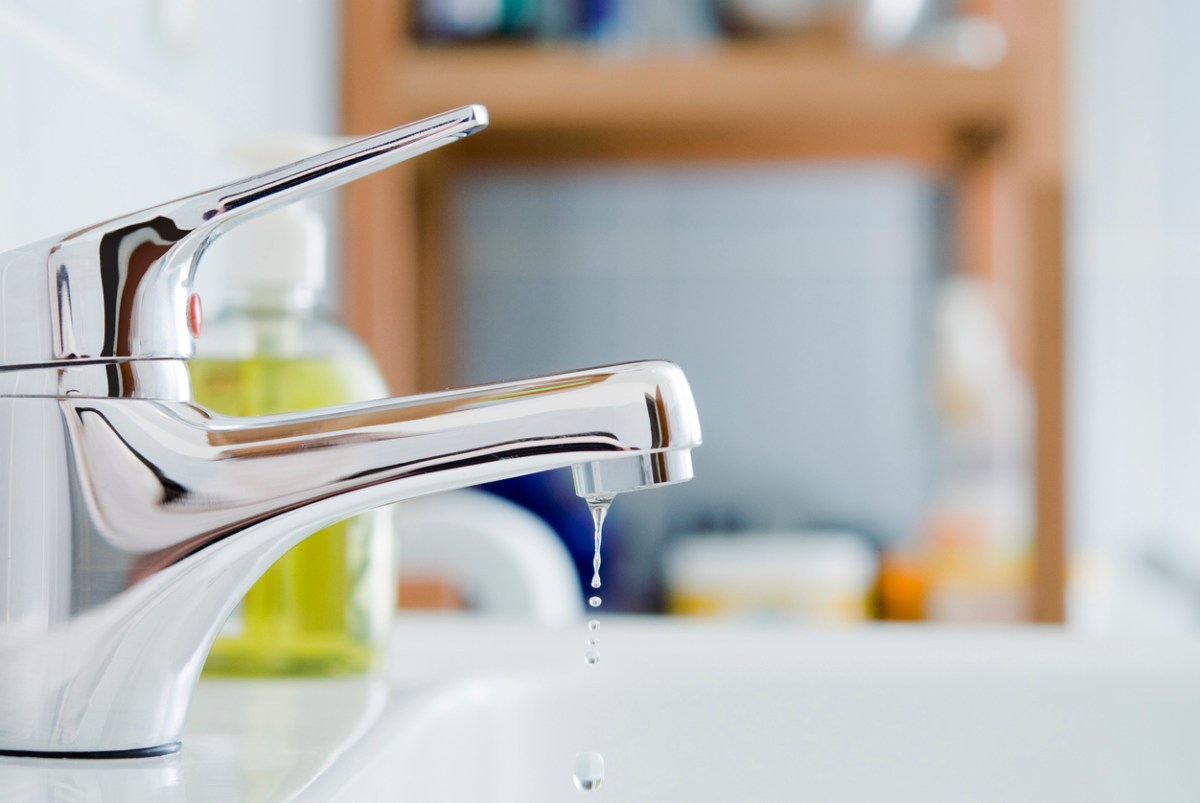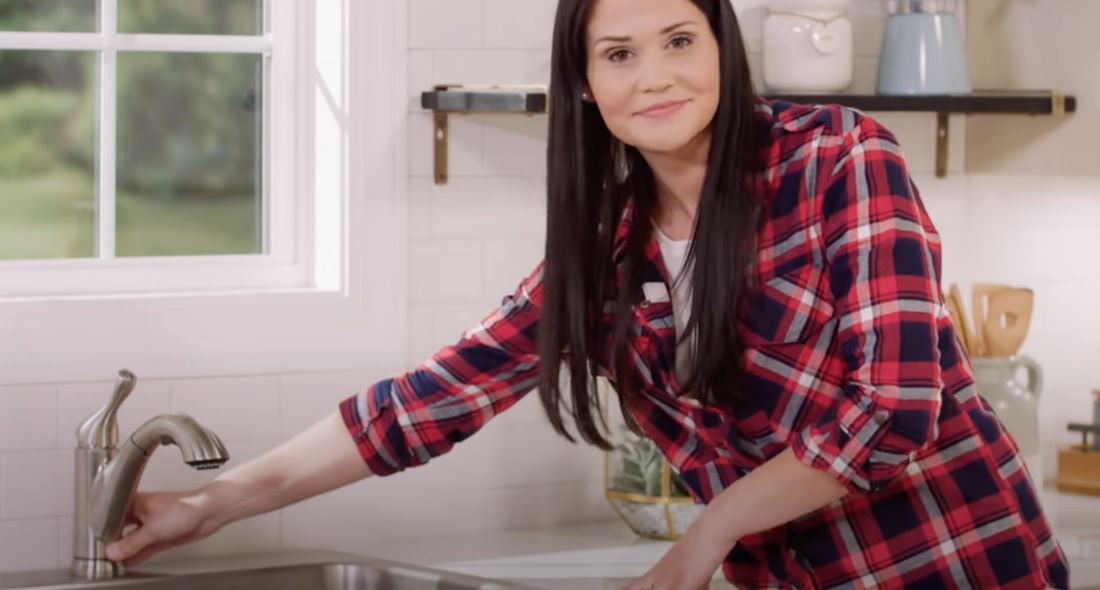Which It's Vital to Resolve a Dripping Faucet
Which It's Vital to Resolve a Dripping Faucet
Blog Article
The writer is making several good points on Why Is It Important To Fix Your Leaking Tap/Faucet? in general in this content down below.

Leaking taps could seem like a minor inconvenience, but their impact surpasses simply the aggravation of the audio. From drainage to incurring unnecessary monetary costs and health threats, neglecting a leaking faucet can bring about different repercussions. In this article, we'll look into why it's critical to resolve this typical home problem promptly and properly.
Waste of Water
Ecological Effect
Trickling faucets add significantly to water waste. According to the Epa (EPA), a single tap dripping at one drip per second can lose more than 3,000 gallons of water each year. This not only stress water resources but additionally influences environments and wild animals dependent on them.
Financial Costs
Raised Water Expenses
Beyond the environmental effect, dripping faucets can blow up water costs substantially. The collected waste over time translates right into greater energy costs, which can have been stayed clear of with prompt repairs.
Potential Building Damages
In addition, long term leaking can cause damage to fixtures and surface areas surrounding the tap. Water build-up can trigger staining, corrosion, and also architectural issues if left unattended, causing extra repair work costs.
Wellness Issues
Mold and Mold Growth
The continuous presence of dampness from a dripping tap creates a suitable environment for mold and mold growth. These fungi not just endanger indoor air high quality yet also present wellness risks, especially for individuals with respiratory system conditions or allergic reactions.
Waterborne Conditions
Stagnant water in leaking taps can become a breeding place for bacteria and other microorganisms, increasing the risk of waterborne conditions. Contaminants such as Legionella bacteria prosper in stationary water, possibly causing significant ailments when consumed or breathed in.
DIY vs. Professional Repair
Benefits and drawbacks of Do It Yourself Repair
While some may attempt to deal with a leaking tap themselves, do it yourself fixings feature their very own collection of difficulties. Without appropriate knowledge and tools, do it yourself efforts can aggravate the issue or result in incomplete fixings, prolonging the problem.
Benefits of Hiring a Professional Plumber
Working with a specialist plumber makes certain that the underlying cause of the dripping faucet is dealt with effectively. Plumbers have the experience and devices to diagnose and fix faucet problems successfully, saving time and minimizing the threat of additional damage.
Step-by-Step Overview to Repairing a Dripping Faucet
Tools Needed
Prior to trying to deal with a leaking faucet, collect the essential tools, consisting of a flexible wrench, screwdrivers, replacement parts (such as washers or cartridges), and plumber's tape.
Usual Faucet Issues and Their Solutions
Determine the kind of tap and the specific problem causing the drip. Usual problems include worn-out washers, rusty valve seats, or defective O-rings. Describe maker instructions or online tutorials for step-by-step assistance on fixings.
Preventive Measures
Routine Maintenance Tips
To prevent dripping taps, perform regular maintenance such as cleaning aerators, evaluating for leaks, and changing damaged parts promptly. Additionally, think about installing water-saving devices or updating to more effective fixtures.
Value of Prompt Repair Works
Dealing with trickling taps as soon as they're observed stops further water wastefulness and possible damage, ultimately conserving both water and money in the long run.
Impact on Building Worth
Understanding of Well-Maintained Residential Or Commercial Property
Preserving a residential or commercial property in good condition, consisting of resolving upkeep concerns like trickling taps, improves its viewed value and worth among potential customers or lessees.
Influence on Resale Value
Properties with properly maintained plumbing fixtures, consisting of faucets, command higher resale worths in the real estate market. Resolving leaking taps can add to a positive impression throughout building assessments and negotiations.
Ecological Responsibility
Private Contribution to Preservation
Taking responsibility for taking care of trickling faucets straightens with broader initiatives towards water conservation and environmental sustainability. Every individual's activities jointly make a substantial effect on preserving valuable sources.
Lasting Living Practices
By prioritizing punctual repairs and embracing water-saving behaviors, individuals contribute to lasting living methods that benefit both existing and future generations.
Final thought
Attending to a leaking faucet exceeds mere benefit; it's a necessary step towards preserving water, lowering monetary expenses, and protecting health and home. Whether through do it yourself repair services or specialist help, doing something about it to take care of dripping taps is a tiny yet impactful way to advertise accountable stewardship of resources and contribute to a much healthier, more sustainable future.
How to Fix a Dripping or Leaky Faucet
A leaking faucet is one of the most common problems that homeowners encounter, but it being commonplace doesn’t make it any less annoying. The constant drip drip drip of a leaking bathtub faucet, showerhead, or sink tap can disturb your home’s serenity. Left neglected, a dripping faucet can also result in higher water bills and discoloration or mold growth in your sink or plumbing fixtures.
Fortunately, you don’t have to be a trained plumber to know how to stop a dripping faucet. With some basic tools, replacement parts, and a little patience, leaky faucet repair is a breeze. In this article, we’ll explain what causes dripping faucets and how you can fix them.
What Causes a Leaking Faucet?
Kitchen and bathroom faucets come in all manner of designs, but most involve some combination of valves, O-rings, seals, and washers. The O-ring is usually the weakest link, but any one of these pieces can wear down over time. Heat, moisture, temperature fluctuations, minerals, mold, and movement can contribute to warping and corrosion, breaking the watertight seal. This just comes with the territory of being a homeowner. Everything is always subject to wear and tear, and some component parts of your appliances and fixtures need to be replaced on occasion. At least replacement O-rings are cheap!
More rarely, dripping faucets can be a symptom of excessively high water pressure. Were this the case in your home, you would probably notice that the leak is not isolated to one faucet. Water pressure issues are harder to resolve on your own. We recommend contacting a professional plumber if you suspect your water pressure is too high.
How to Fix a Dripping Faucet
Pipe wrench or monkey wrench Allen wrench set Screwdrivers Old towel or rag Shut off the water.
Before you do anything, you need to turn off the water to keep from drenching your kitchen or bathroom. You should find a valve under the sink and against the wall. Once you’ve turned this valve, try turning the faucet on to confirm that the water source has been cut off.
If you can’t locate your local valve for the faucet you’re working on, you can always shut off the water to the house at the main valve. Of course, this will prohibit anyone from using the sinks, showers, or toilets while you’re working on the faucet that’s giving you trouble.
Plug or block the drain.
You’ll be disassembling the faucet and removing some small bits of hardware. Plug the drain with a stopper or rag to avoid the possibility of a small screw falling into your P-trap.
Take apart the faucet assembly.
There are several varieties of kitchen and bathroom faucets, each with its own manner of assembly. For detailed instructions on how to disassemble your faucet, you can refer to the fixture’s manual or contact the manufacturer. If you know whether you have a ball, disc, cartridge, or compression faucet, you can find detailed schematics online.
In general, you need to begin by removing the faucet handles. You might notice a small screw that you’ll need to remove with a screwdriver or Allen wrench. If you don’t see any visible securing hardware, it’s likely hidden under a decorative cap that can be unscrewed or popped off with flathead screwdriver.
Remove each piece methodically, consulting a schematic when necessary. Take notes or arrange the pieces in such a way to make it easier to correctly reassemble the faucet later.
Remove the cartridge.
Once you’ve removed the handles and securing hardware, you should be able to remove the valve cartridge or stem. Some cartridges will slide right out. Other faucet models will require you to loosen a nut with a pipe wrench before you can remove the valve stem.
Examine the exposed hardware.
With the cartridge or stem removed, inspect the component parts. Check the rubber O-rings for wear and tear. Also examine the seat washer for corrosion or other damage. These pieces are usually the responsible parties for a dripping faucet, but it’s worth inspecting the other component parts while you have the faucet disassembled.
Find replacement parts.
Once you’ve identified which faucet component has failed, find an identical replacement. Your local hardware store should have O-rings, seat washers, and other standard components in stock. If you have a luxury or uncommon faucet, you may have to contact the manufacturer for a replacement part.
It’s a good idea to take your old parts with you to the hardware store so you can compare them with the store’s inventory and be sure you’re purchasing the correct replacement.
Reassemble the faucet.
With your new parts in hand, reconstruct the faucet and handles. Don’t be tempted to overtighten screws or nuts. You might think this could create a better seal, but it can instead damage or bend a delicate part of the assembly and create a new problem for you.
Turn on the water and test the faucet.
The only thing left to do is test your work. Unplug the sink, turn the water back on, and try the faucet. Congratulate yourself on a job well done!
https://www.libertyhomeguard.com/how-to-fix-a-dripping-or-leaky-faucet/

I'm certainly very fascinated by and I really hope you appreciated the entire page. If you appreciated our page kindly do not forget to pass it around. Many thanks for your time invested reading it.
Report this page